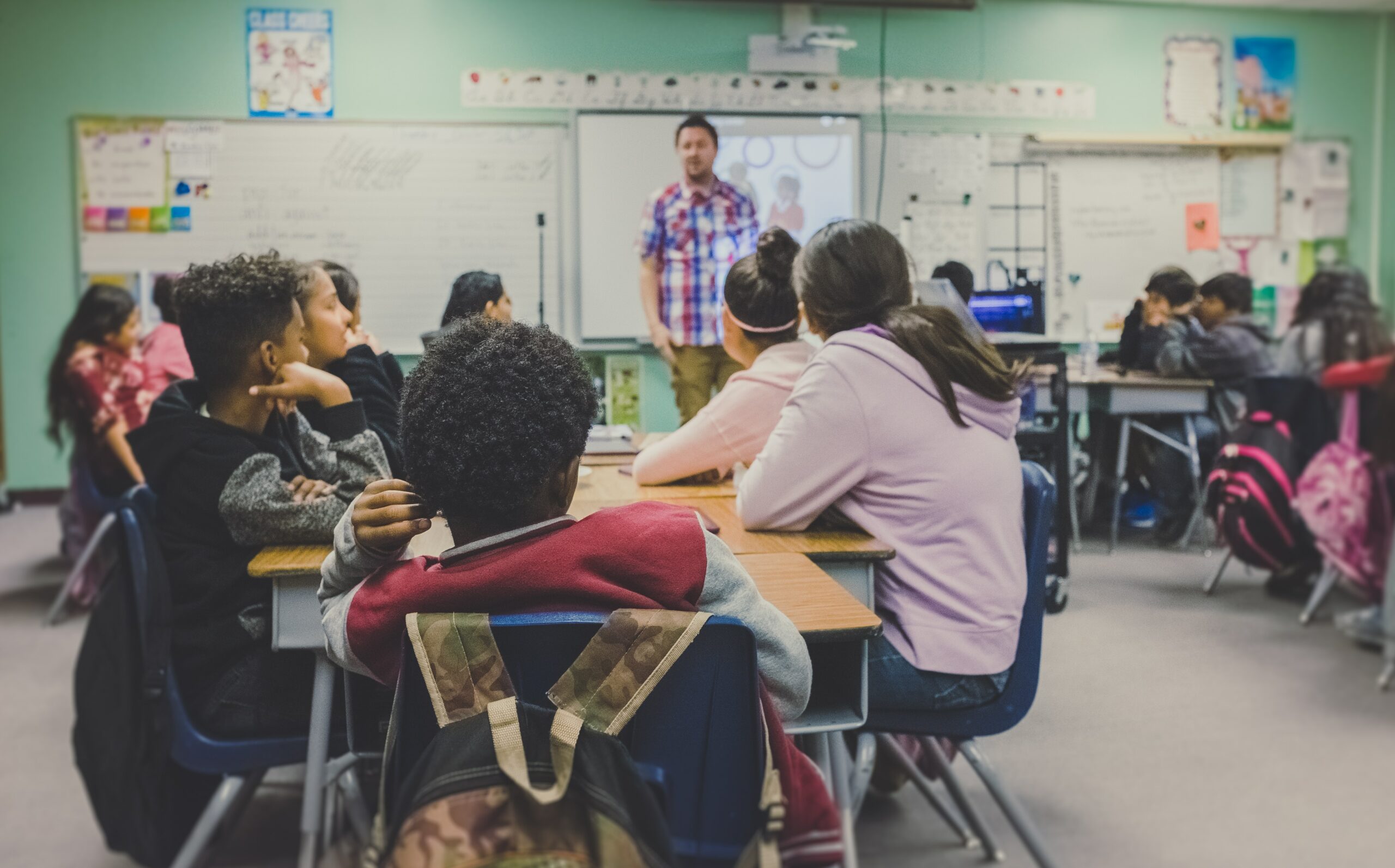Note: For privacy reasons, the names of the individuals mentioned in this article have been changed.
As we approach the start of a new school year, many teachers are starting to prepare mentally and emotionally for the challenges to come. As a therapist who specializes in working with teachers and other caregivers, I have seen firsthand the difficulties teachers face with stress, burnout, and work-life balance. The lack of adequate support and resources for teachers has been a longstanding concern. However, these issues were further exacerbated by the COVID-19 pandemic.
The pandemic had a significant impact on teacher burnout and stress. I recently had the chance to speak to two elementary school teachers about their experiences navigating the challenges of the pandemic – Sally, a grade 2 teacher, and Justine, a special education teacher and single mom. They shared personal experiences and shed light on the unique stressors they faced, including adapting to online teaching, managing work-life balance, and dealing with the fear and uncertainty of the pandemic. They identified systemic challenges that teachers faced on a broader scale such as lack of support, increased workload, and concerns about student engagement. Their insights provided valuable information about their lived experiences and how it impacted (and continues to impact) their physical and mental health.
Adapting to Online Teaching
During the peak of the pandemic, teachers had to quickly adapt to online platforms such as Google Classroom, and teach themselves how to administer lessons in this unfamiliar format. Sally recalled that her school’s teachers were casually told to “put something together” by her superiors. If it weren’t for a colleague, Sally would have been without math resources for the entire year. Even after acquiring the resources, there was the additional challenge of adapting them to suit the online learning environment.
Socioeconomic Disparities in Remote Learning
The pandemic highlighted and exacerbated existing socioeconomic disparities among students that may have contributed to the quality of students’ learning remotely, including home internet connection speed, suitable devices like tablets or computers, and limited physical and/or quiet spaces. Some students had additional needs that were hard to manage in a remote learning environment. Justine, who works with students with diagnoses of ADHD, Autism, and learning and speech difficulties, shared that “students struggled to grasp lessons that lacked tactile or hands-on elements”. This, coupled with technical issues and limited physical or quiet spaces, contributed to decreased participation in remote learning.
Balancing Teaching and Personal Obligations
Teachers encountered significant challenges as they grappled with balancing their teaching responsibilities and personal obligations. Justine described the difficulty of simultaneously working, teaching, and caring for her own kindergarten-aged child. The misalignment in school schedules compounded the situation, requiring her to attend to her child’s needs during breaks in lessons. For her, the experience was emotionally draining and had a notable impact on her ability to fulfill both her roles as a parent and teacher, as the constant juggling left her feeling emotionally dysregulated.
Challenges of Returning to School
Returning to school presented itself with its own challenges due to the uncertainty surrounding the future, fear of contracting the virus, adjusting to mask-wearing and sanitation protocols and disrupted school events. Justine shared that teaching with masks was a daunting and restrictive experience, and disagreements frequently arose due to varying opinions on masking rules and maintaining physical distance. Navigating the classroom environment presented its own difficulties, particularly when it came to providing support to students. The fear of human contact loomed large, making it particularly challenging to meet the emotional needs of elementary students who thrive on love, affection, and human interaction.
Mental and Physical Impact on Teachers
Teachers experienced a significant mental and physical impact during the pandemic, facing numerous obstacles while adapting to remote learning. My discussions with both teachers revealed a decline in energy levels and a withdrawal from their usual activities, resulting in a sedentary lifestyle. The lack of motivation to engage in previously enjoyable things had both physical and mental repercussions. For Justine, the difficulties were further amplified in her role as a single parent. She described her experience as being in a surreal state, where her mental health took a significant hit, her physical activity declined, and the lack of downtime available to her took a significant toll.
Coping Strategies and Self-Care
Both teachers were asked what coping strategies they used to manage their stress and find moments of respite. Sally found solace in walking, particularly in forested areas, and engaged in painting as a way to relax. Justine emphasized the importance of virtual connections with friends and family through video calls, while also exploring new hobbies with her kindergarten-aged child, such as baking. She mentioned going on walks to restore a sense of normalcy and using music as a form of therapy, whether through dancing or winding down.
Appreciating Teachers’ Resilience, Resourcefulness and a Need for Systemic Support
It is evident in Justine and Sally’s experiences that teachers displayed remarkable resilience and resourcefulness in adapting quickly to these challenges, and that crucial self-care practices helped them navigate the difficulties of teaching during the pandemic. However, these insights have also unveiled systemic issues, such as lack of support, increased workload, and concerns about student engagement that teachers had to navigate on a broader scale.
It is my hope that by understanding their lived experiences and the impact on their physical and mental health, we can foster empathy for and support educators who play a crucial role in shaping the lives of future generations. It is essential that we as a society provide them with the support and recognition that they deserve.

